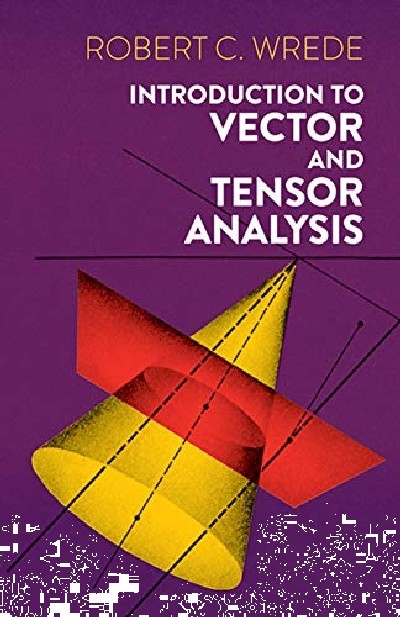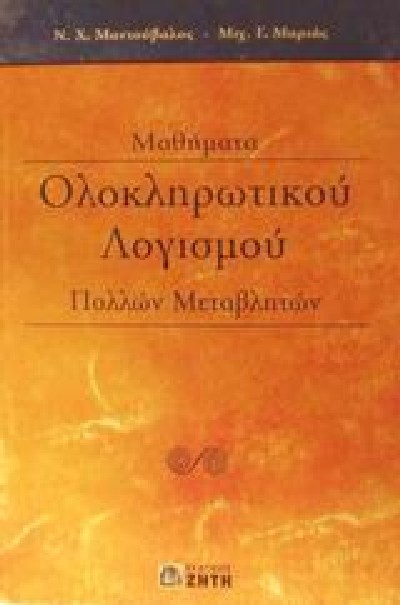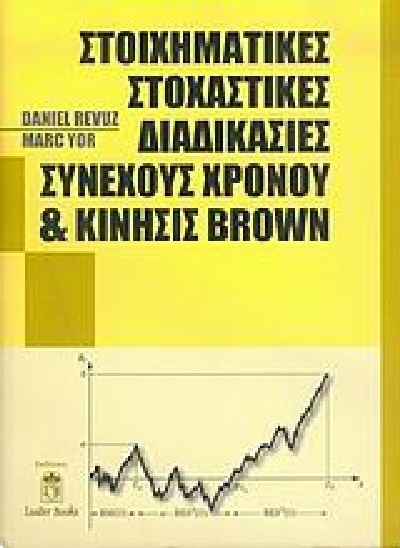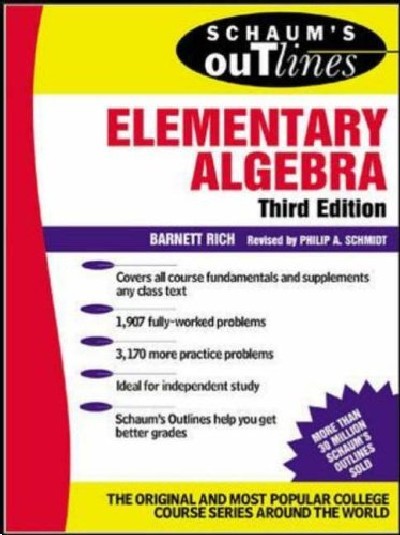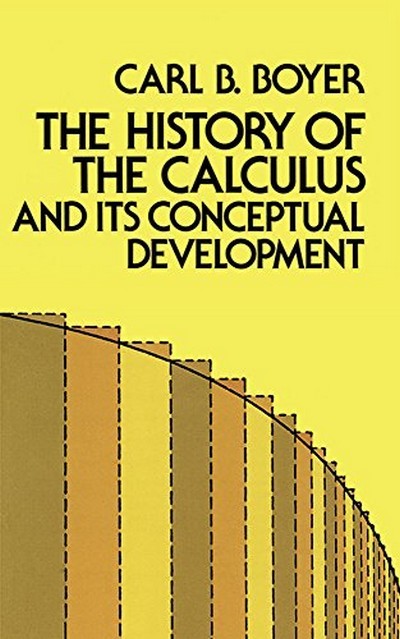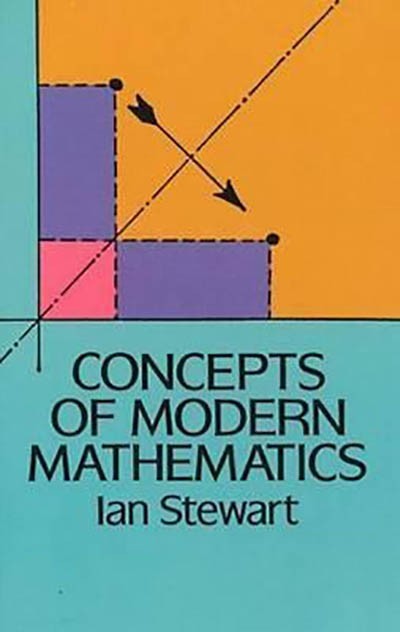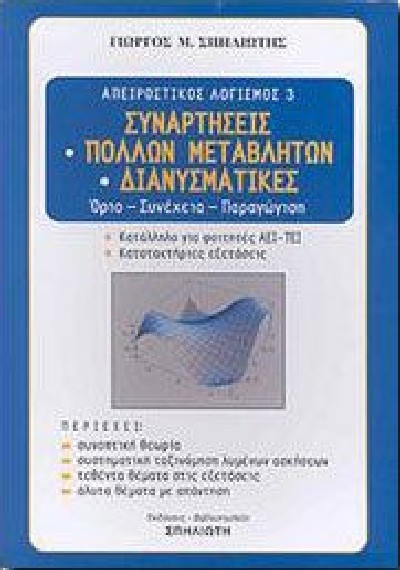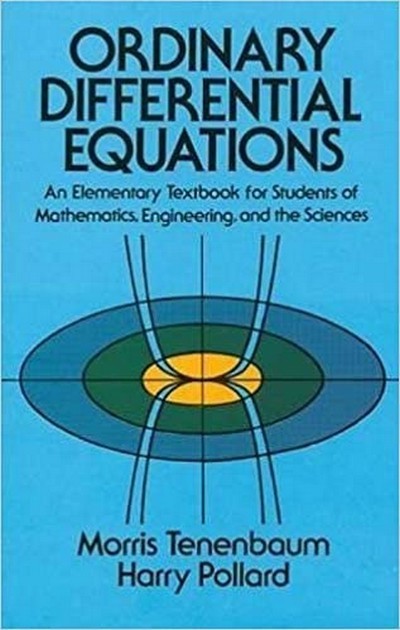INTRODUCTION TO VECTOR AND TENSOR ANALYSIS
ISBN: 0-486-61879-Χ
Συγγραφέας: WREDE C. ROBERT
Κωδικός: 9780486618791
Άμεση παραλαβή / Παράδοση σε 1-3
Τιμή E-shop
20,00€
This broad introduction to vector and tensor analysis is designed for the advanced undergraduate or graduate student in mathematics, physics, and engineering as well as for the practicing engineer or physicist who needs a theoretical understanding of these essential mathematical tools. In recent years, the vector approach has found its way even into writings on aspects of biology, economics, and other sciences. The many and various topics covered include: the algebra of vectors linear dependence and independence, transformation equations, the inner product, the cross product, and the algebra of matrixes; the differentiation of vectors geometry of space curves, kinematics, moving frames of reference, Newtonian orbits and special relativity theory; partial differentiation of vectors geometry of space curves, kinematics, moving frames of reference, Newtonian orbits and special relativity theory; partial differentiation and associated concepts surface representations, bases in general coordinate systems, and maxima and minima of functions of two variables; the integration of vectors line integrals, surface integrals, surface tensors and volume integrals; tensor algebra and analysis fundamental notions of n-space, transformations and tensors, Riemannian geometry, tensor processes of differentiation, geodesics, the curvature tensor and its algebraic properties, and general relativity theory.
| Χαρακτηριστικά Προϊόντος | |
|---|---|
| ISBN | 0-486-61879-Χ |
| Συγγραφέας | WREDE C. ROBERT |
| Εκδότης | DOVER |
| Επίπεδο | ΠΑΝΕΠΙΣΤΗΜΙΟ |
| Εξώφυλλο | ΜΑΛΑΚΟ |
| Αρ. Έκδοσης | 1η |
| Έτος Έκδοσης | 1972 |
| Σελίδες | 418 |
| Χώρα προέλευσης | Η.Π.Α |
Αυτή η σελίδα προστατεύεται από το σύστημα reCAPTCHA της Google. Μάθετε περισσότερα.

